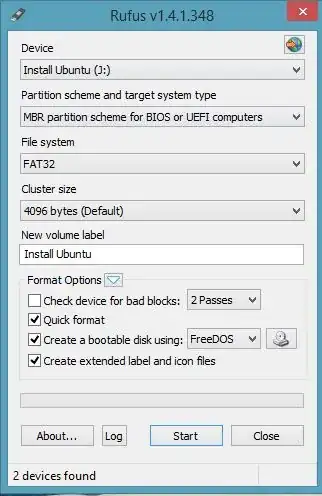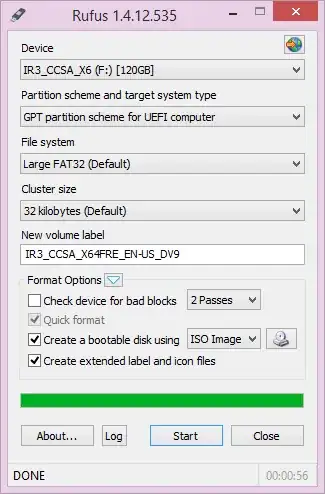So I can no longer install Linux from USB drive. I have previously, using the same ISO's and unetbootin been able to install Kubuntu, linux mint, ubuntu gnome. I'm using a Dell Inspiron 15 7000 series laptop. After buying it, I went through the process of changing UEFI boot settings to install a dual boot with kubuntu. Eventually I just deleted the windows partition and reincorporated it into the linux. However, I'm now taking a class about programming in C#, and require Visual studios, hence I re-installed a dual boot with windows 8.1. At this point Bios is in legacy mode when I installed it. I was following another post here on ubuntu stack exchange about installing windows after linux, then using a linux liveusb to fix grub. After installing windows however, I can now not install linux from usb at all. Windows will install from usb, but when a linux drive is in, it will boot past bios, but won't detect anything. I've wiped the hard drive completely, and reset the BIOS to UEFI boot mode, but it still detects ubuntu in the UEFI boot order.
As it stands, I have a completely fresh hard drive with no OS at all (having to use windows usb install to format HDD). Install from USB will work with windows when in legacy mode, but not when in UEFI. Linux won't work in either UEFI or legacy mode. When reset to UEFI mode, it says something along the lines of "no boot system detected, press any key to restart". Has anyone else encountered this problem and been able to solve it? Obviously, I can install windows and work with that, but I much prefer linux and would like to revert to that as my main and only use windows for the C# development.

